 “Herbs are like food; they are catalyst to bodily functions. Conventional drugs don’t balance bodily systems; they either stimulate or inhibit.” – Bev Maya
“Herbs are like food; they are catalyst to bodily functions. Conventional drugs don’t balance bodily systems; they either stimulate or inhibit.” – Bev Maya
Transcending the boundaries of modern medicine, Ayurveda or “the science of life” (the Sanskrit root ayur means “longevity” or “life” and veda means “science”) is one of the oldest healing systems in the world.
Ayurveda stands to be the root of many other medical disciplines like Tibetan, Chinese and Greek etc., and provides us with the knowledge of how to prevent disease and to eliminate its root cause.
Nature holds the solution to all ailments and diseases; just as a mother watches over her child unconditionally, nature too tends to our needs. This art of being dwells on feeding the body with the right form of food as per the seasons and our natural constitution to win the battle against different diseases.
Ayurveda works on the premise of unification of the body, mind & consciousness – restoring the balance between the person and nature. When any of the three separates, it leads to imbalance and blockage in our system. The cause of the separation can be accounted to stress either emotionally, physically or mentally.
To counterbalance the stress levels and maintain perfect harmony, Ayurveda has presented humanity with Adaptogenic herbs. The primary motive of this class of herbs and remedies is to eliminate the detrimental effect of stress without sedating or stimulating, but improve the quality of our lives by building immunity, vitality, strength & energy levels.
While there are many remedies that can decipher the code to this elixir of life, we will focus on some of the easily available & most effective ones.
Ashwagandha or Indian Ginseng

This small yet effective herb is found densely in the Indian subcontinent and has been used for 2500 years in herbal science. Literally translating into ‘Fragrance of the horse’ or ‘sweat of the horse’, Ashwagandha is used as an adaptogen that promotes the body’s ability to maintain homeostasis and resist stress.
The leaf extract of ashwagandha selectively kills tumor cells and, thus, is a natural source for safe anticancer medicine. Ashwagandha has long been used as a remedy for diabetes in Ayurvedic medicine.
It slowly works on building the immunity levels, thereby coping with everyday diseases. It is known to strengthen the nervous system and therefore improving concentration, memory, and reaction time.
- Benefits of Ashwagandha:
- Decreases inflammation and pain.
- Controls bacterial infections like gastrointestinal, and respiratory tract infections.
- Provides strength, energy and combats insomnia
- Acts as an aphrodisiac
- Rejuvenates tissues, particularly muscle and bones
- Reduces the stress hormone cortisol, it slowly works on reducing aging too
- Has antibacterial and antiviral properties
- Stimulates the thyroid gland
- Reduces anxiety and depression
Brahmi or Gotu Kola
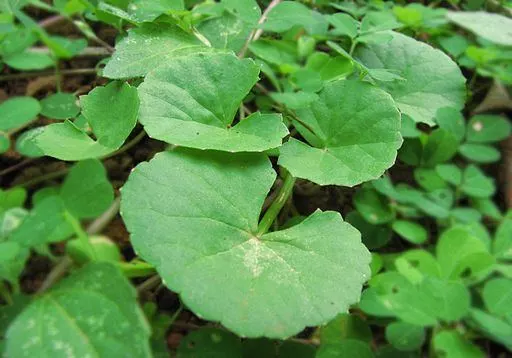
Offering complete rejuvenation, Brahmi is a yogi’s herb. Derived from ‘Brahman’ meaning universe, Brahmi literally translates to God’s consciousness and is one of the powerful brain tonic in Ayurveda.
Even the Brahmi leaf resembles the cerebellum and is traditionally used to promote memory, intelligence and to relax the central nervous system. It is found in abundance in India & South Africa and has been used by many to replenish the deficiencies posed by external environment.
Known for opening the crown chakra, it is often consumed by yogis before meditation, as it balances both hemispheres of the brain and creates harmony in the conscious system.
Benefits of Brahmi:
- The primary function of this adaptogen is to bust stress hormone- cortisol.
- Aids in digestion
- Achieves clear skin
- Fights varicose veins & swelling.
- Works on the prana energy and balances Vatta and Pitta too.
- Supports restful sleep.
Chyawanprash – The ancient herbal tonic

Among many tales of Indian mythology, this herbal tonic too has a tale associated to its origin. The word “chyawanprash” has been taken from the name of a sage, Chyawan. The story goes that the sage was quite old and he regained his youthfulness and vitality with the use of this herbal mix.
The number of herbs used may vary from 25 to 80, but the main ingredient in Chyawanprash is
Amalaki or commonly known as Amla, which is an extremely rich source of Vitamin C that helps in boosting your immunity. It also contains other powerful herbs and spices like honey, ghee, ashwagandha, cinnamon, clove, asparagus, long pepper, grapes, ginger, cardamom, lotus, liquorice etc.
Benefits of Chyawanprash:
- Combats cough, cold, flu, stress and anxiety.
- Aids digestion.
- Decreases cholesterol level.
- Works on metabolism level and increases cellular protection.
- Curbing the signs of aging.
- Improves heart health and energy levels.
- Improves hair growth
- Chyawanprash also helps purify blood, stimulate the liver, and promote the elimination of toxins from the body.
- A healthy herbal remedy for those with asthma and chronic bronchitis.
Shilajit or Mineral Pitch
A tar-like substance oozing out of mountainous regions in India, Pakistan, Tibet and sometimes found in Caucasus mountains and Altai Mountains where its called “mumijo.” Literally translated to “rock invincible,” in Ayurveda tradition Shilajit is considered to be the destroyer of weakness. It is also mentioned in the works of Aristotle and prized by Genghis Khan.
 It contains around 85 minerals and nutrients in ionic form, as well as selenium, fulvic and humic acid, and phospholipids. These compounds make good source of antioxidant and energy-enhancing components. The color range varies from white to pitch-black, depending on composition.
It contains around 85 minerals and nutrients in ionic form, as well as selenium, fulvic and humic acid, and phospholipids. These compounds make good source of antioxidant and energy-enhancing components. The color range varies from white to pitch-black, depending on composition.
In Ayurveda it is used to boost stamina, vigor, vitality, immunity and to prolong life.
The fulvic and humic acids in this herb are the ones responsible for its deep penetration in the tissues acting as a skin-renewing agent. It is also consumed by hikers and mountain climbers to maintain energy & oxygen levels on high altitudes.
Benefits of Shilajit:
- An energy enhancer leading to heightened physical strength
- It helps neutralize free radicals in the body.
- It works on Kapha levels, thereby maintain metabolism and eliminating excess fats.
- Shilajit has also been used to improve symptoms involved with urinary tract disorders, jaundice, digestive problems, enlarged spleen, epilepsy, anxiety, chronic bronchitis and anemia.
- It could also work as pain-reliever and anti-inflammatory medicine.
Ginseng

Traditionally, different varieties of ginseng root have been used as medicine in Asia and North America for centuries. Ginseng is one of the most popular herbal medicines in the world. There are two main types of ginseng: Asian or Korean ginseng (Panax ginseng) and American ginseng (Panax quinquefolius), and the former is considered more potent.
Ginseng roots are usually taken orally as adaptogens, aphrodisiacs, nourishing stimulants, and has been used in the treatment of type II diabetes as well.
Benefits of Ginseng
- Increasing immunity and combating fatigue, even in cancer patients
- Increases concentration level and refines cognitive functions of the brain.
- There may be substances in Ginseng that have anticancer properties.
- Red ginseng has been used for treating erectile dysfunction
- Drinking ginseng tea is good for refining and rehydrating the skin
These herbs and remedies when combined with yoga, meditation and healthy food habits can result in extended benefits. A boon & a blessing of nature, let us all shift to Ayurveda, the nature’s way of healing lives.
(The information provided in this article is not intended to be a substitute for professional medical advice, diagnosis, or treatment. Always seek the advice of your physician or other health provider/naturopath with any questions you may have regarding a medical condition)
Image Source
Ashwagandha
Brahmi
Ginseng




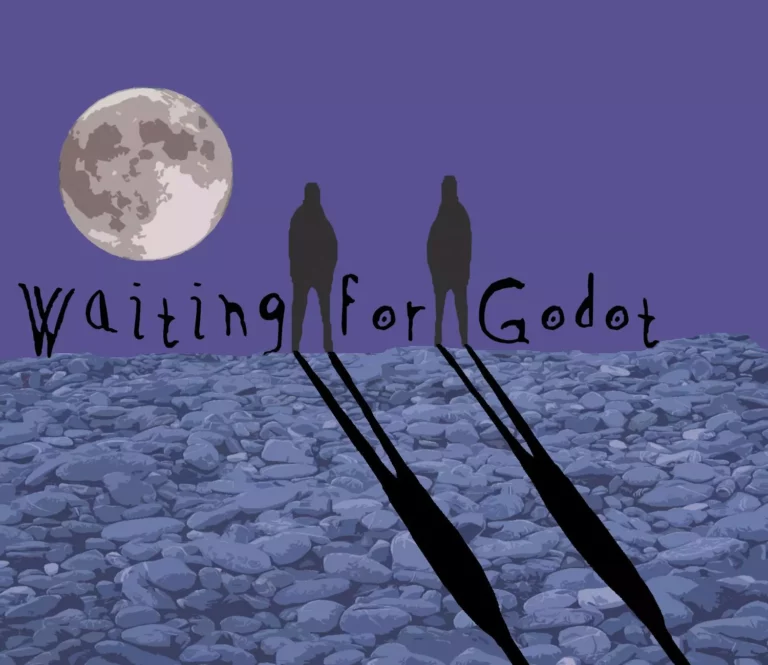


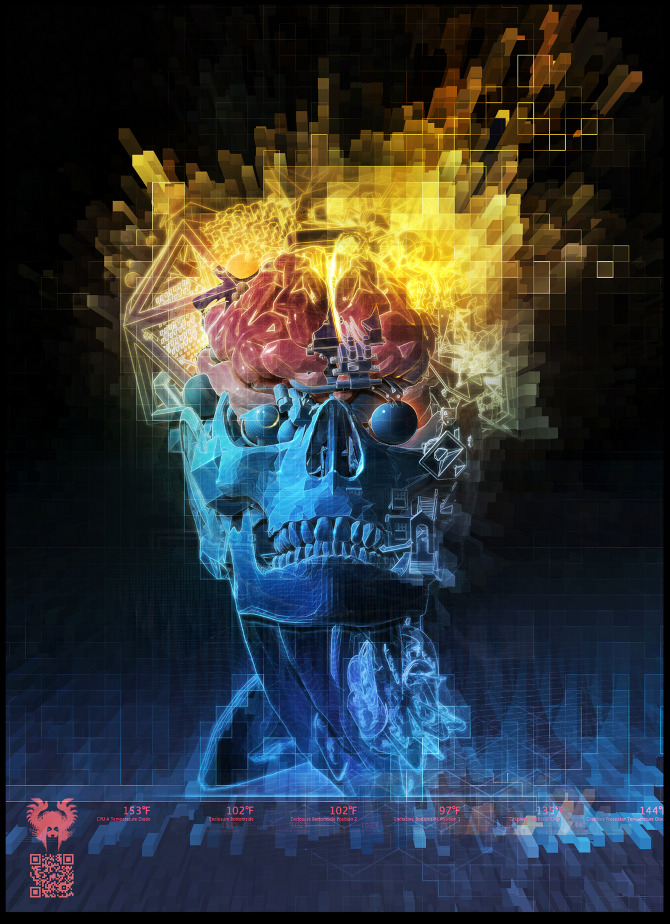

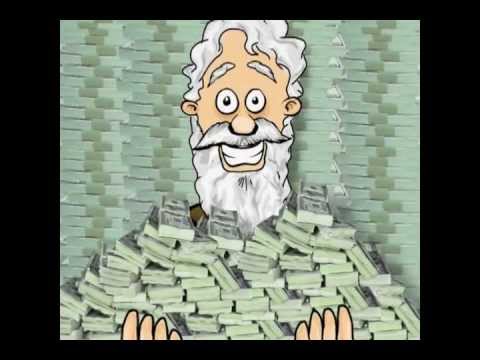










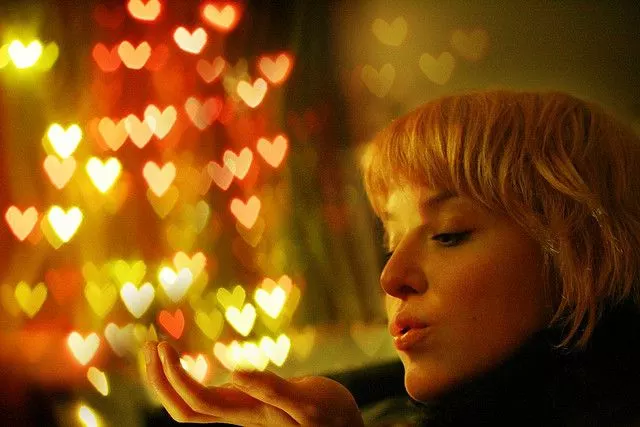 There is no “definition” of wealth, so technically someone somewhere else may be completely and utterly grateful to have something we’ve taken for granted and vice versa.
There is no “definition” of wealth, so technically someone somewhere else may be completely and utterly grateful to have something we’ve taken for granted and vice versa.


